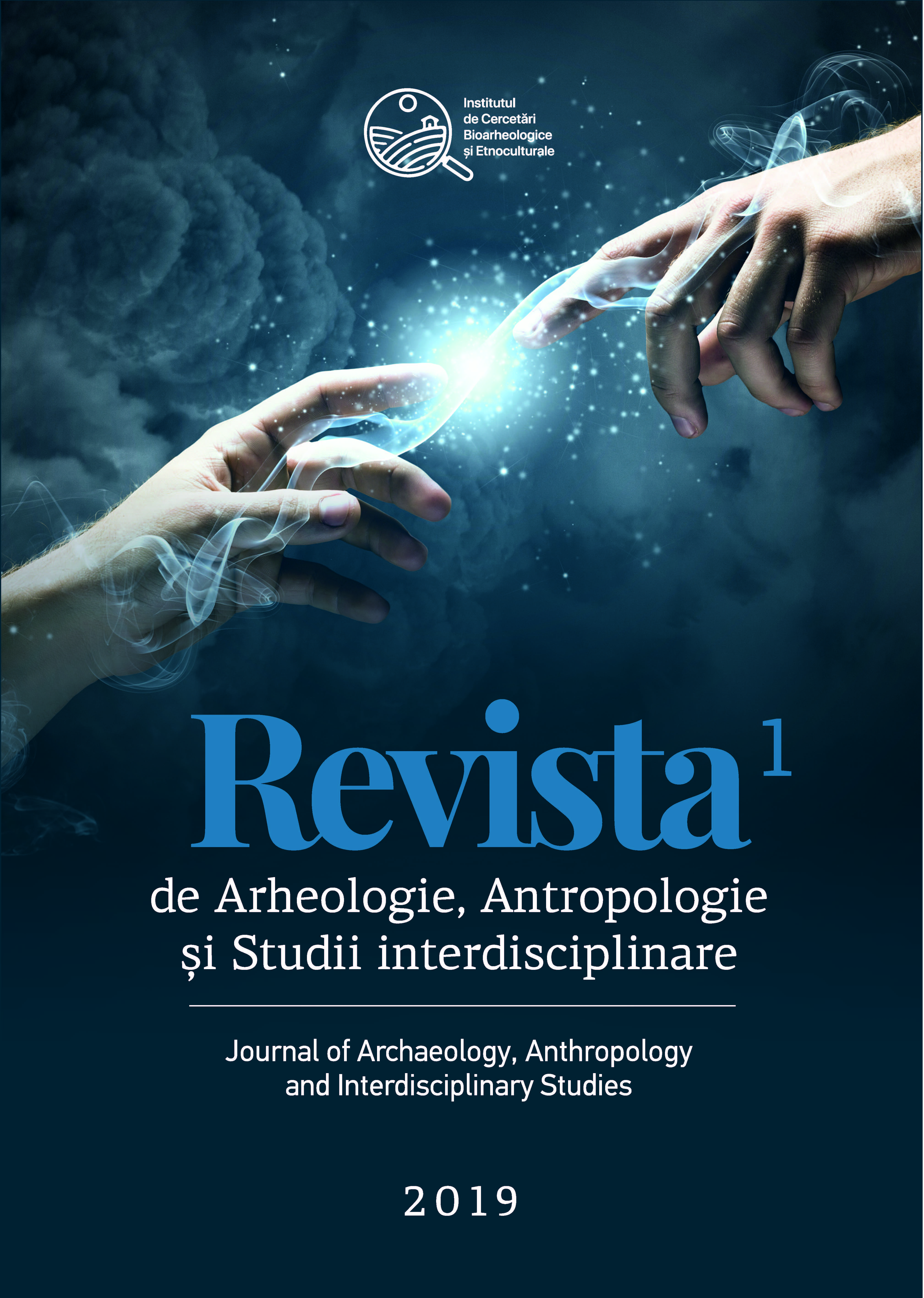Date paleoantropologice comparative la câteva populaţii aparţinând culturii Sântana de Mureș-Cerneahov
Comparative palaeoanthropological data of several populations belonging to the culture of Sântana de Mureș-Chernyakhov
Author(s): Robert Daniel SimalcsikSubject(s): Archaeology
Published by: Bons Offices – Casa Editorial-Poligrafică
Keywords: Sântana de Mureş-Chernyakhov culture; incineration; inhumation; life expectancy; typological polymorphism;
Summary/Abstract: From a historical point of view, the period in which the Sântana de Mureş-Chernyakhov culture developed is one in which profound changes and agitations took place on the throughout the Romanian territory, but especially in the region of Moldova, where are located necropolises from this study. The Sântana de Mureş- Chernyakhov communities practiced both, cremation and inhumation, funeral rites. The Săbăoani necropolis from Neamț County (4th century A.D.) was investigated in 10 systematic digging campaigns, between 1966 and 2003. The comparative study shows that life expectancy at birth in Sântana de Mureș-Chernyakhov culture communities does not go past 32.0 years, the smallest value (22.9 years old) being registered at Săbăoani (Neamț county), being emphasized by the child mortality (45.60%) registered in this community. The overview values of the life expectancy (years) and mortality rate (in percent) of the synchronous skeletal series belonging to the Sântana de Mureş-Chernyakhov culture (4th-5th centuries), compared by us, show a similar situation. The typological characteristics of the skeletal series studied until now in our country, but especially of those from Moldova, belonging to the Sântana de Mureş-Chernyakhov culture, indicates a regional variability, belonging, in general, to the great Europoid group. The Mongoloid elements are rare (at Sântana de Mureş – two cases, at Independenţa – two cases, at Pietriş – two cases, at Valea Seacă – one case, at Mihălăşeni – one case), usually weakly represented, in association with the predominant elements. In the necropolis from the 4th century A.D. from Săbăoani, the Mongoloid elements are missing. In the case of this typological polymorphism, Mediterranoid forms, like the Proto-Europoid ones (lightly attenuated and gracilizated), is the predominant content of the populations of this culture, they can be attributed to the local background. This attribution can be made on the grounds that, from the Neolithic to the present, the Mediterranoid forms constituted the majority of the population that lived in these places. However, we cannot exclude the possibility that one or another of the Mediterranoid gracile individuals in the studied series may represent allogenic elements, brought by Sarmatians, since the Mediterranoid elements have been identified in some Sarmatian skeletal series, but with a reduced frequency. Along with these predominant components, there is also the presence of Nordic elements, which can be found either in combination with other elements (Mediterranoid or Proto-Europoid) or in their classical form and whose intensity increases progressively, starting from the areas more northerly of the country towards the south, noting that they appear more pronounced in men than in women.
Journal: Revista de Arheologie, Antropologie și Studii Interdisciplinare
- Issue Year: 1/2019
- Issue No: 1
- Page Range: 211-224
- Page Count: 14
- Language: Romanian

